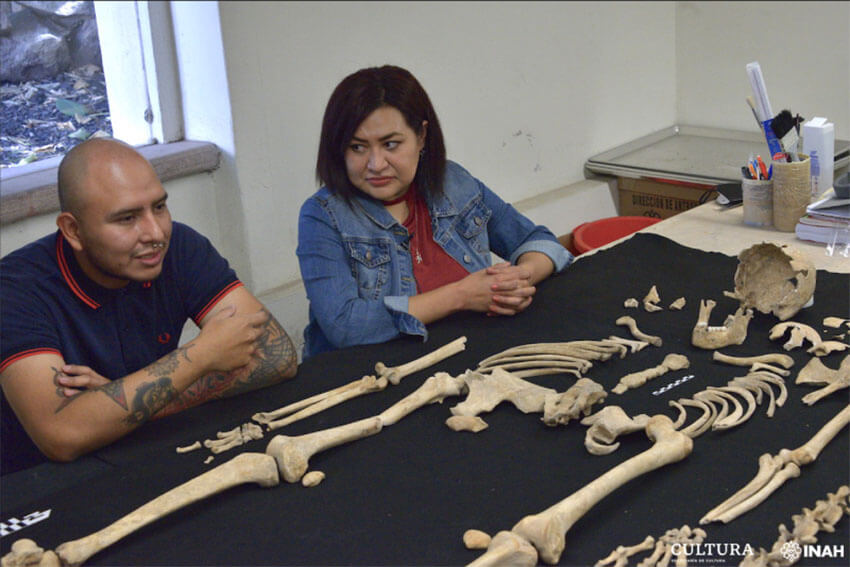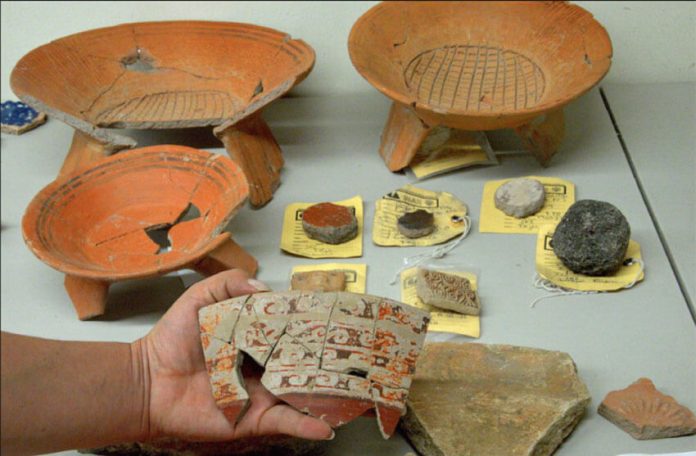Archaeologists have discovered relics related to a ceremony carried out by the Mexica people every 52 years to mark the beginning of a new calendar cycle.
Artifacts linked to a pre-Hispanic New Fire ceremony were found by National Institute of Anthropology and History (INAH) archaeologists near the historic center of Mexico City. The capital was built on land where the Mexica city of Tenochtitlán formerly stood.
Before the New Fire ceremony took place fires across Tenochtitlán were extinguished. Then a new one was lit on Huixachtlan – a hill in the Mexico City borough of Iztapalapa now known as Cerro de la Estrella – to stave off the end of the world. The fire was started on the chest of a sacrificed person whose heart was removed to fuel the flames.
Residents of Tenochtitlán, which was founded in 1325 and conquered by the Spanish in 1521, destroyed and threw out figurines of gods and domestic utensils as a kind of spring cleaning in the days before the ceremony.
INAH archaeologists discovered such items buried at a depth of almost one meter outside the San Fernando cemetery, located in the neighborhood of Guerrero. Among the items they found were pots, mortars and clay figurines. The discovery was made while the archaeologists were inspecting public works that were being undertaken outside the cemetery.

INAH archaeologist Nancy Domínguez told the newspaper El País that the location where the artifacts were found was formerly a swamp where Mexica people discarded items in the lead-up to the New Fire ceremony.
“The pre-Hispanic garbage dumps were associated with the New Fire ceremony … [because] people went [to them] to deposit their important objects to symbolize [the beginning of] a new cycle,” she said.
In addition to figurines of gods and domestic utensils, Mexica people got rid of clothes, hearth stones and objects used to make fire such as flint.
The INAH archaeologists also uncovered 17 burial pits from the 19th century outside the San Fernando cemetery, where the tombs of luminaries such as independence hero Vicente Guerrero and 19th century president Benito Juárez are located.
They found the remains of various individuals, some of whom may have died during large outbreaks of illness in the capital during the 19th century.
Around 7,000 Mexico City residents died during a cholera outbreak in 1833, INAH said in a statement, noting that the figure represented 5% of the entire population at the time.
With reports from El País
